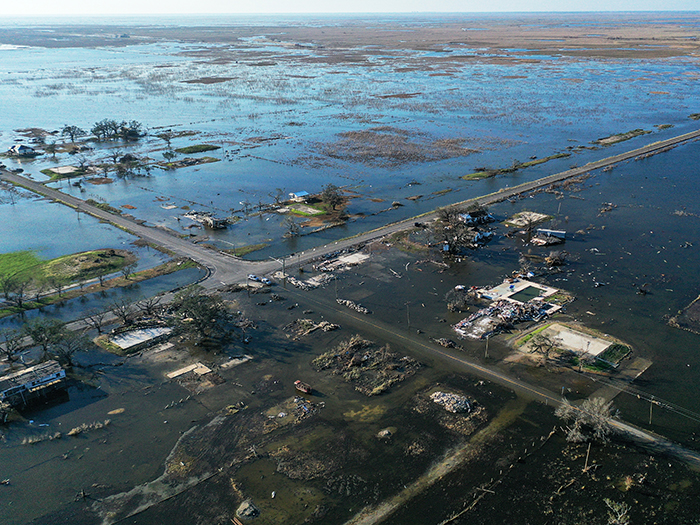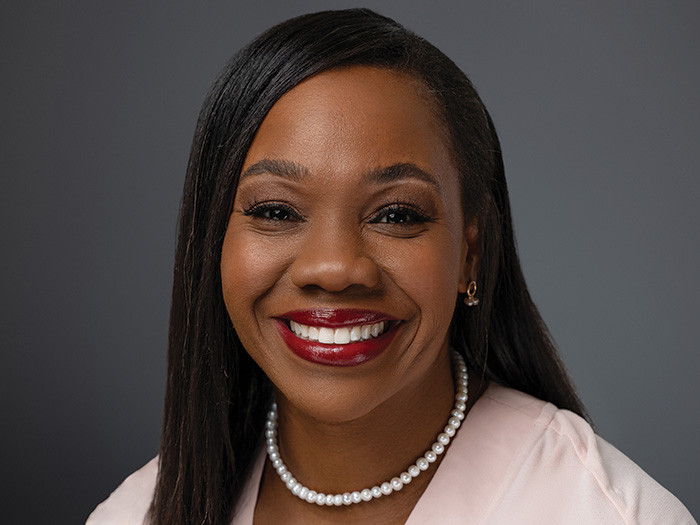3 Key Considerations in Building a Multinational Property Insurance Program

Hurricanes and wildfires in the U.S., a volcano in St. Vincent, cyclones in India, inland floods in Europe and Australia … the catastrophic events are mounting in 2021, often fueled by climate change.
They highlight the need for multinational companies operating in multiple jurisdictions to ensure comprehensive property insurance, efficiently covering damages big and small, but doing so requires considering many factors.
In an advisory entitled “Leave Nothing to Chance: Ask These Key Questions When Building a Multinational Property Program,” Chubb Global Services discusses half a dozen such factors.
Here are three that are important to note when building out a multinational property insurance program.
1) Policies Versus Manuscripts
The first factor, according to the advisory, is recognizing the difference between local policies and manuscript coverage.
The former, referred to as good local standard (GLS) coverage, adheres to local legal and regulatory requirements, while the latter generally is broader and may better address specific needs, such as extensions or sublimits for specific property, perils and causes of loss.
Most global master policy insurers “will only implement a manuscript policy locally if the local country regulator allows it and the local insurer has the capability of issuing the policy in English,” the advisory said.
Eric Stoer, senior vice president, Chubb U.S. major accounts property, multinational property programs, said that the company must first determine the extent of property damage and business interruption (BI) insurance coverage it wants and the scope of that coverage.
“It’s often hand in glove between local policies and the master policy, so whatever is not paid locally in modern programs today can be claimed under the master policy,” Stoer said.
However, “localizing” the master policy to fill in local policy gaps comes at a cost, such as requiring the translation of the manuscript every 12 months.
In addition, the locally admitted policy may be a narrower scope GLS — not a localized master policy — that requires the insured to claim a portion under the master policy difference-in-conditions (DIC)/difference-in-limits (DIL) clauses.
In that case, depending on local rules, the master policy insured’s treasury department may not be able to route any master policy DIC/DIL claim payment to its local operations that experienced the loss.
Still, the master policy can provide many benefits, including giving the master policy insured company the ability to make claims that aren’t covered locally.
“Or the master policy insured may decide it doesn’t want to rebuild a factory in that country and instead use claim payment funds in a third country,” Stoer said.
2) Foreign Currency
A second important consideration is how foreign currency exchange (FX) rates impact insured property values.
Those values are typically reported in the local currency and converted to the parent company’s currency on an agreed upon date. The insured values are then converted back to the local currency when the policy is put in place.
The advisory noted currency fluctuations may not seem materially impactful when the company has property in just a few countries, but the risk increases when the company operates in dozens of countries.
“This risk is magnified when there are economic issues in a certain country,” said Matt Booker, senior vice president, Chubb major accounts property, who along with Stoer authored the advisory.
Best practices to reduce that risk, the advisory said, include uniform FX dates when making those conversions and picking a date as close as possible to the program implementation date when converting premium allocations.
3) Handling Losses in the Supply Chain
Another important consideration for multinationals with long, interdependent supply chains is that a property damage loss occurring at a foreign subsidiary or sister company, or a location insured under the global program, may result in business income loss to an insured in another foreign country.
However, the insured in another foreign country may not be covered by its policy unless modified “to broaden interdependency locations and contingent time element locations beyond its coverage territory.”
Insured companies should thus be aware of this potential local policy limitation and consider adding the necessary clauses to the local policy wording.
“It’s like stitching together a quilt,” Stoer said. “How you piece together your programs impacts how they interact.”
The Chubb advisory also noted that risk managers should consider differences in calculating BI losses among countries. The U.S., for example, uses a gross earnings method, while outside the U.S. the norm is a loss-of-profits or gross profits method.
“Notably, any shortfall in coverage for a BI loss resulting from different methods of calculating BI may typically be claimed under the U.S. master policy’s difference in conditions/difference in limits or financial interest coverage provisions,” the advisory said.
Complications may also occur if multinational companies structure their property programs as a “front,” the advisory noted, so that one insurer implements foreign local policies through its global network and then aggregates and cedes the exposure to reinsurers or the insured company’s captive reinsurer.
Since the reinsurers have varying risk appetites and can offer coverage with differing terms and conditions, such “non-concurrencies” can lead to gaps in coverage and complicate the adjustment process.
“Modeling claims scenarios enables insureds to preview what to expect and make informed decisions on whether to accept or reject non-concurrencies,” the advisory said. &










